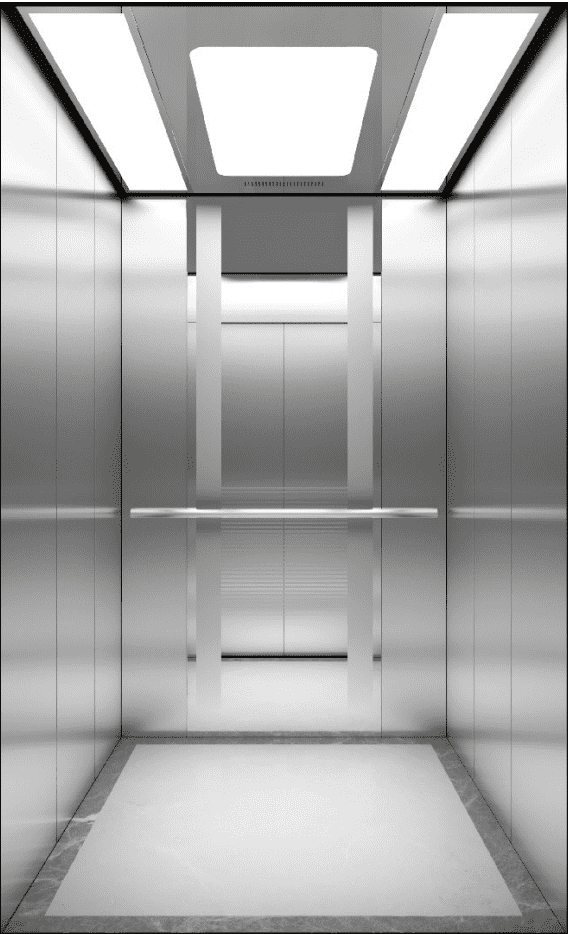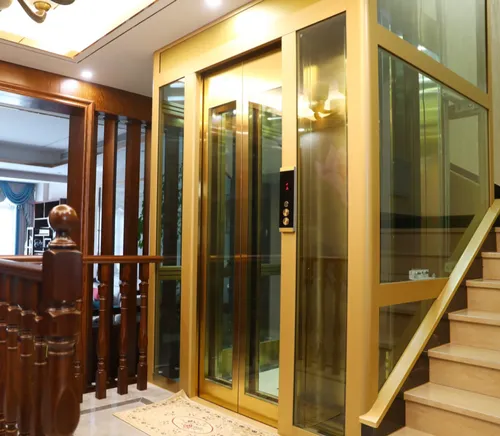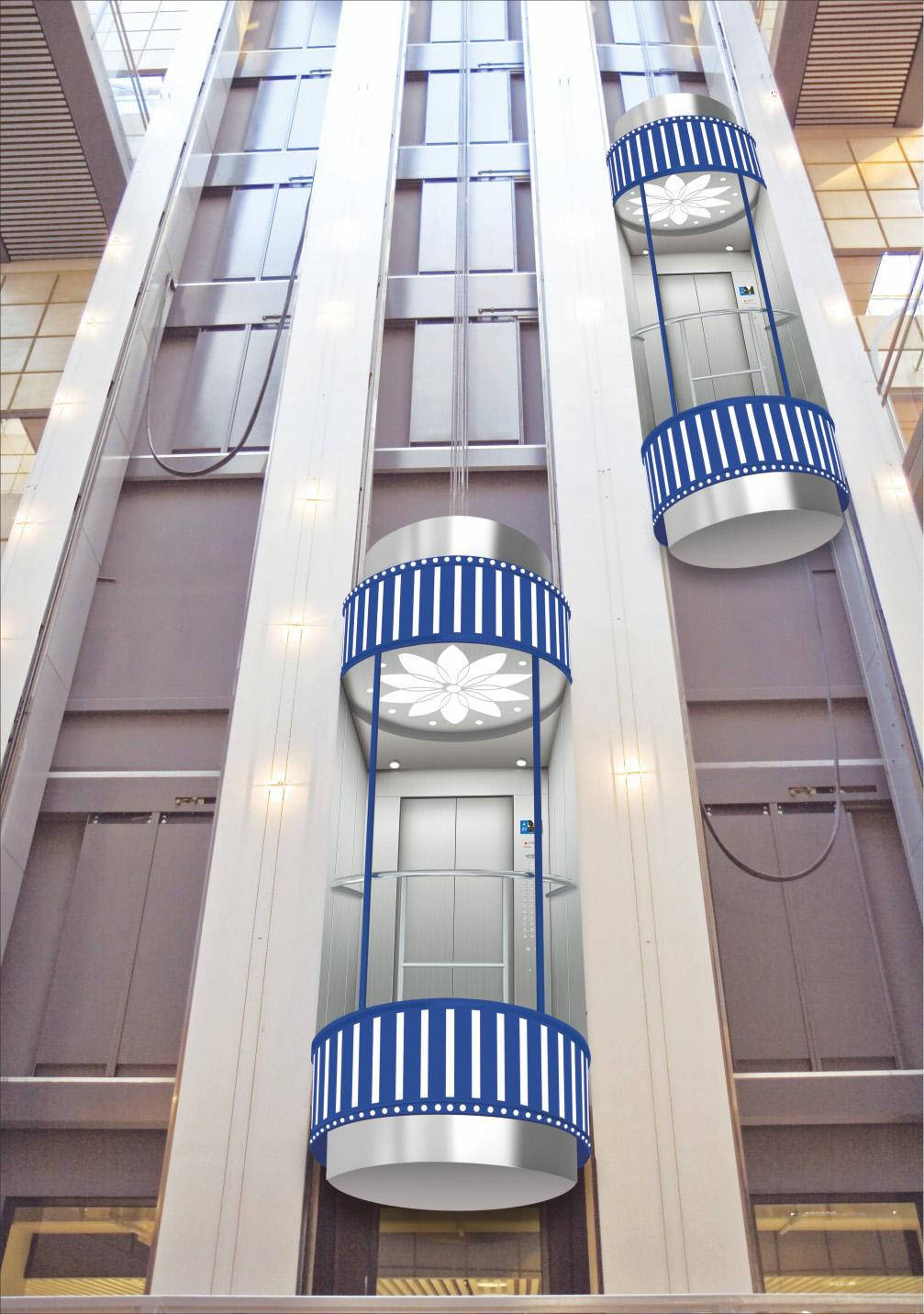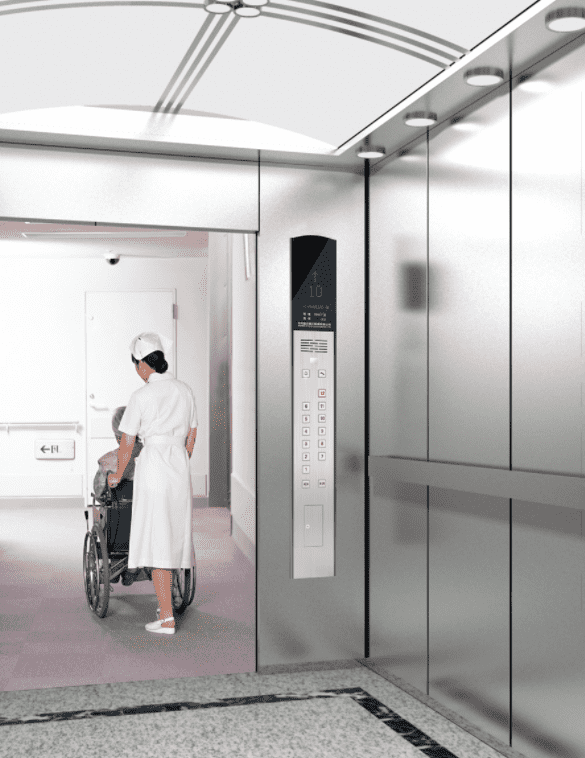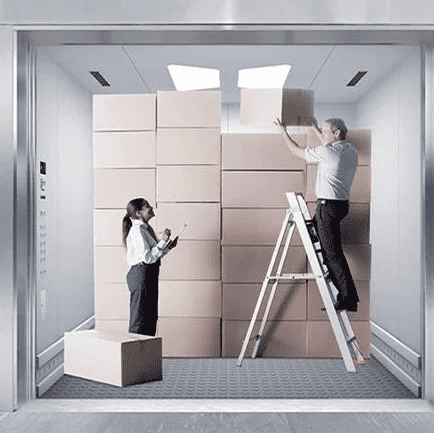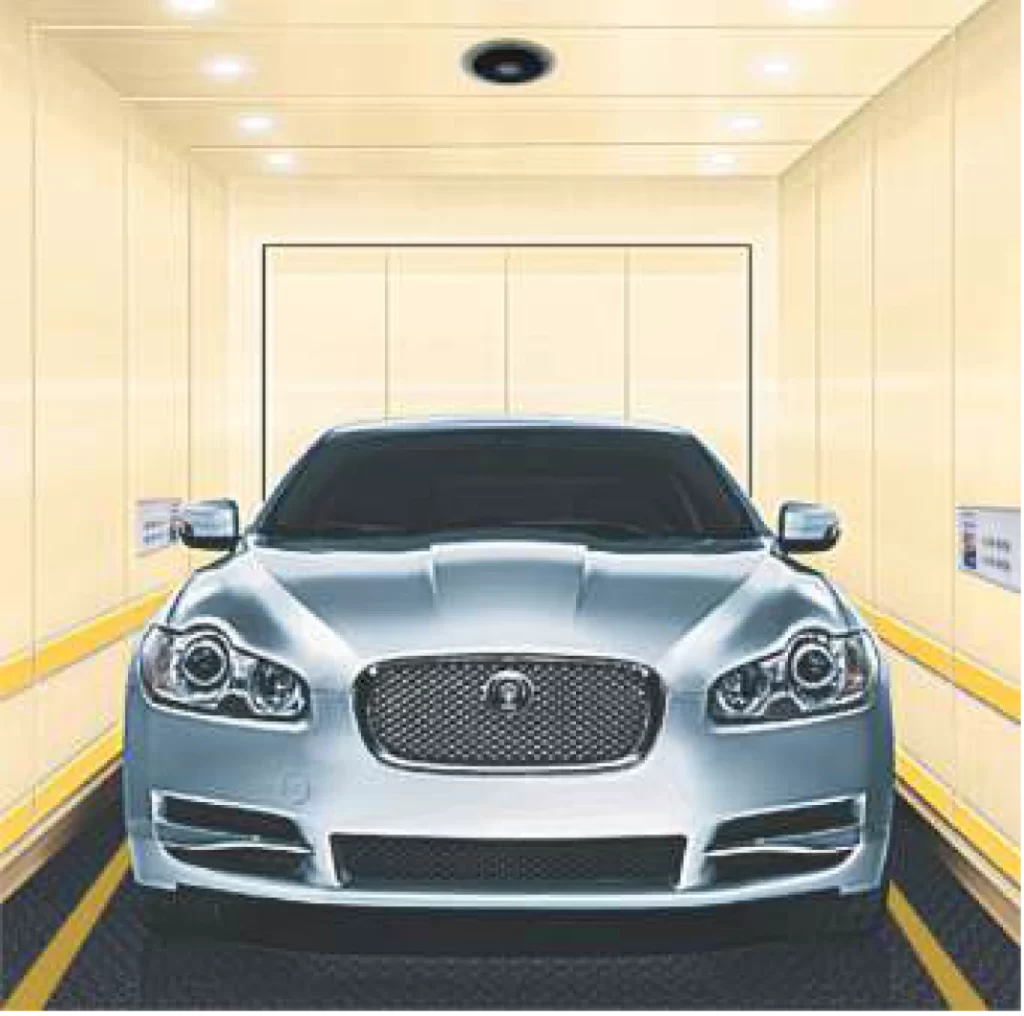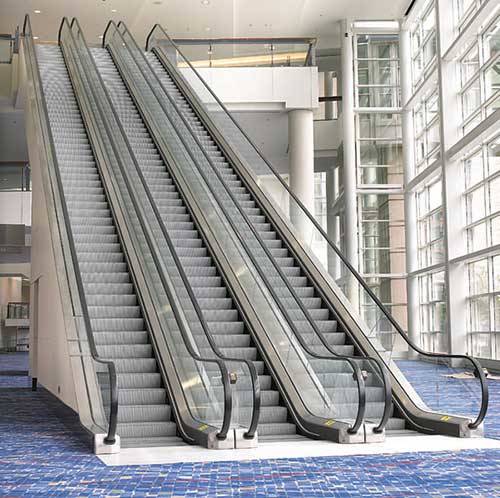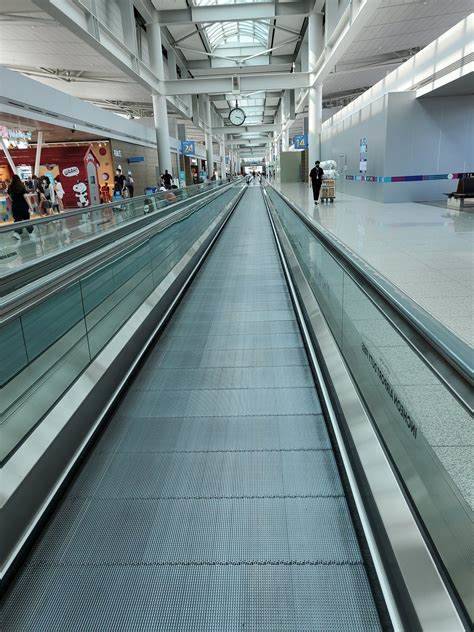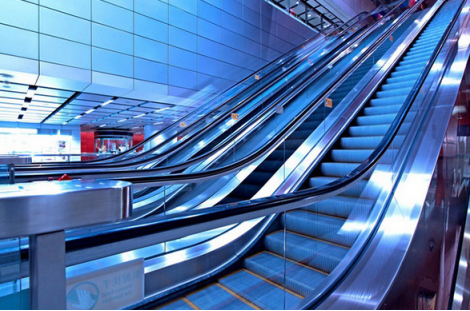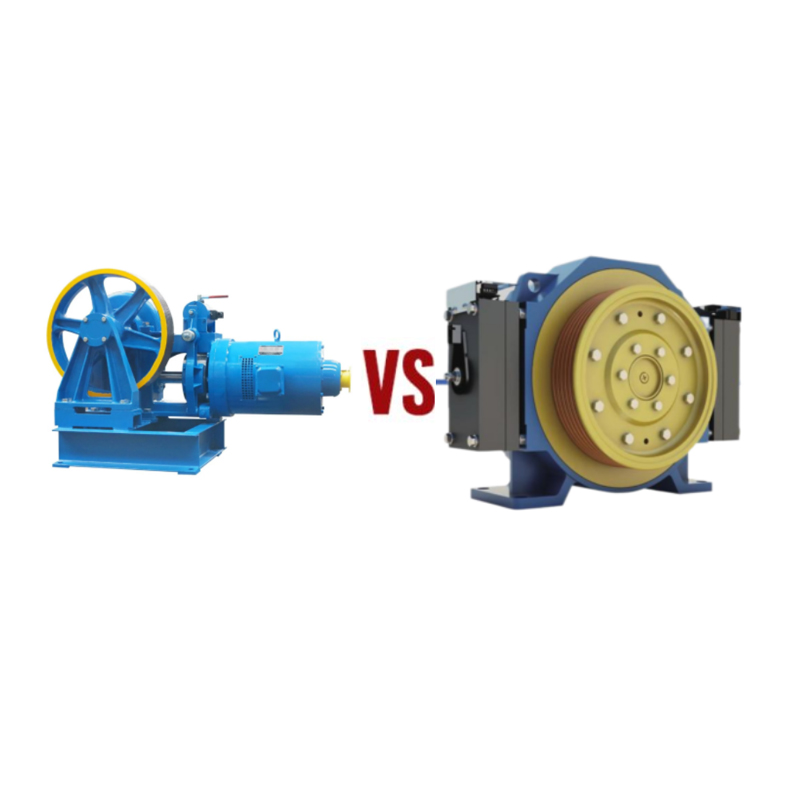Elevator Without Machine Room:What You Need to Know
As modern building designs continue to evolve, the demand for space-efficient solutions has led to the rise of Machine Room-Less (MRL) elevators. Unlike traditional elevators that require a dedicated machine room, MRL elevators integrate their components within the shaft itself, offering significant advantages in terms of space utilization and energy efficiency. However, before considering an MRL elevator for your project, it’s essential to understand both the benefits and potential challenges that come with this technology. In this article, we will explore what you need to know about elevators without a machine room, helping you make an informed decision for your building’s vertical transportation needs.

Table of Contents
What is a Machine Room-Less (MRL) elevator ?
Advantages of MRL Elevators Compared to Traditional Elevators with a Machine Room
Disadvantages of MRL Elevators Compared to Traditional Elevators with a Machine Room
What is a Machine Room-Less (MRL) elevator ?
A Machine Room-Less (MRL) elevator is a type of elevator system designed to operate without the need for a separate machine room. In traditional elevator systems, a machine room is typically located above or below the elevator shaft to house essential equipment such as the motor, drive system, and control panels. However, MRL elevators eliminate this requirement by integrating these components directly within the elevator shaft or at the top of the hoistway.
This design not only saves valuable building space but also allows for more flexibility in architectural planning. MRL elevators are particularly popular in mid-rise buildings, where space conservation and energy efficiency are critical considerations. Despite their compact design, MRL elevators maintain the same safety standards and performance capabilities as conventional elevators, making them a practical choice for many modern buildings.
Advantages of MRL Elevators Compared to Traditional Elevators with a Machine Room
Space Savings: The most significant advantage of MRL elevators is the elimination of the machine room, which can free up valuable space in a building. This space can be repurposed for other uses, such as additional rooms, storage, or amenities.
Architectural Flexibility: Without the need to accommodate a separate machine room, architects have greater flexibility in designing the building layout. This can lead to more creative and efficient use of space, particularly in smaller buildings or those with unique architectural challenges.
Energy Efficiency: MRL elevators typically use gearless traction motors, which are more energy-efficient than the geared motors often used in machine room elevators. This can result in lower energy consumption and reduced operating costs over the life of the elevator.
Aesthetic Appeal: The lack of a machine room allows for cleaner, more streamlined building designs. In some cases, this can also enable the elevator to be more integrated into the building’s overall aesthetic, enhancing its visual appeal.
Quieter Operation: MRL elevators are generally quieter than traditional elevators because the motor is located within the shaft, reducing noise transmission. This can be particularly beneficial in residential buildings or in areas where noise reduction is important.
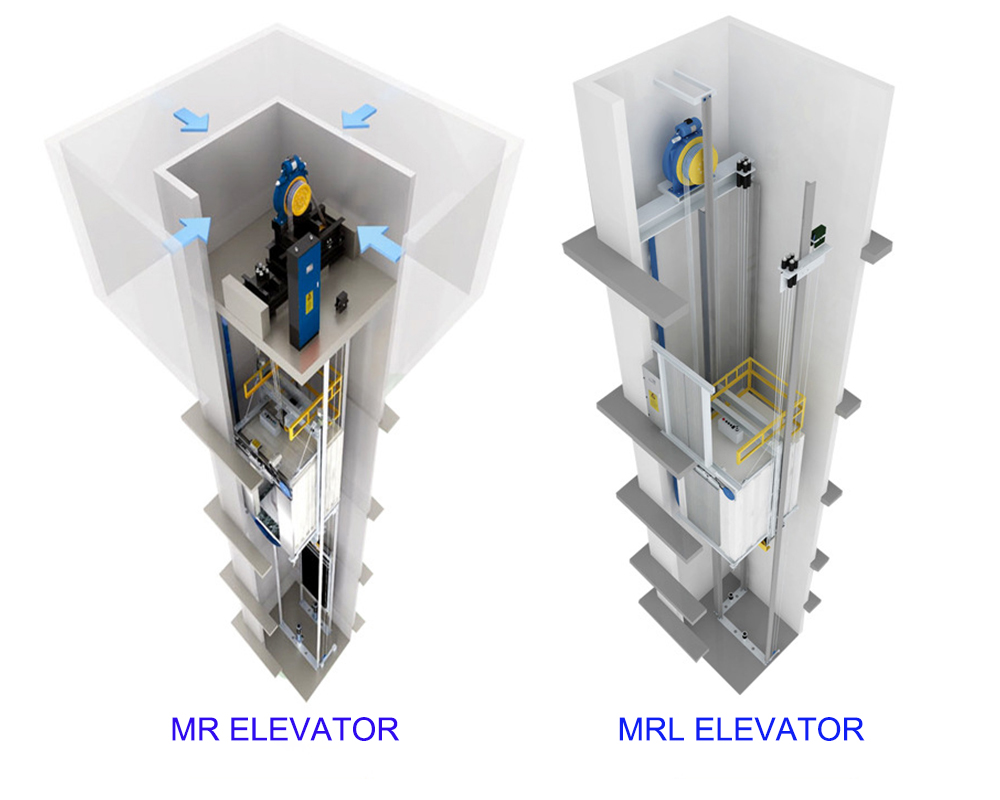
Disadvantages of MRL Elevators Compared to Traditional Elevators with a Machine Room
Maintenance Accessibility: In traditional elevators, the machine room provides easy access to the motor and other critical components. In MRL elevators, these components are located within the hoistway, making them more difficult to access for maintenance and repairs. This can increase service time and complexity.
Load and Height Limitations: MRL elevators are typically better suited for mid-rise buildings with moderate load requirements. Traditional elevators with a machine room are often more capable of handling higher loads and are better suited for high-rise buildings.
Heat Management: In MRL systems, the confined space within the elevator shaft can make it more challenging to manage heat generated by the motor and other components. This can potentially affect the longevity and reliability of the system, especially in buildings with high elevator usage.
Initial Installation Costs: While MRL elevators can offer long-term cost savings, the initial installation costs can be higher than those for traditional elevators. This is due to the specialized design and equipment required for the MRL system.
Noise Levels in Adjacent Areas: While the elevator operation may be quieter, the location of the motor within the shaft can sometimes result in noise being more noticeable in rooms or spaces adjacent to the shaft, depending on the building’s construction.
Conclusion
When choosing between a Machine Room-Less (MRL) elevator and a traditional elevator with a machine room, it’s essential to weigh the specific needs and constraints of your building. MRL elevators offer significant benefits in terms of space efficiency, energy savings, and design flexibility, making them an attractive option for many mid-rise buildings. However, they also come with certain limitations, such as maintenance accessibility and load capacity, which may make traditional elevators more suitable for taller or more demanding applications.
By carefully considering these factors, building owners and architects can select the elevator system that best aligns with their project’s goals, ensuring efficient and reliable vertical transportation for years to come.If you’re looking for a manufacturer of either machine room or machine room-less elevators, contact us today. We’ll provide you with the most suitable solution for your needs.

